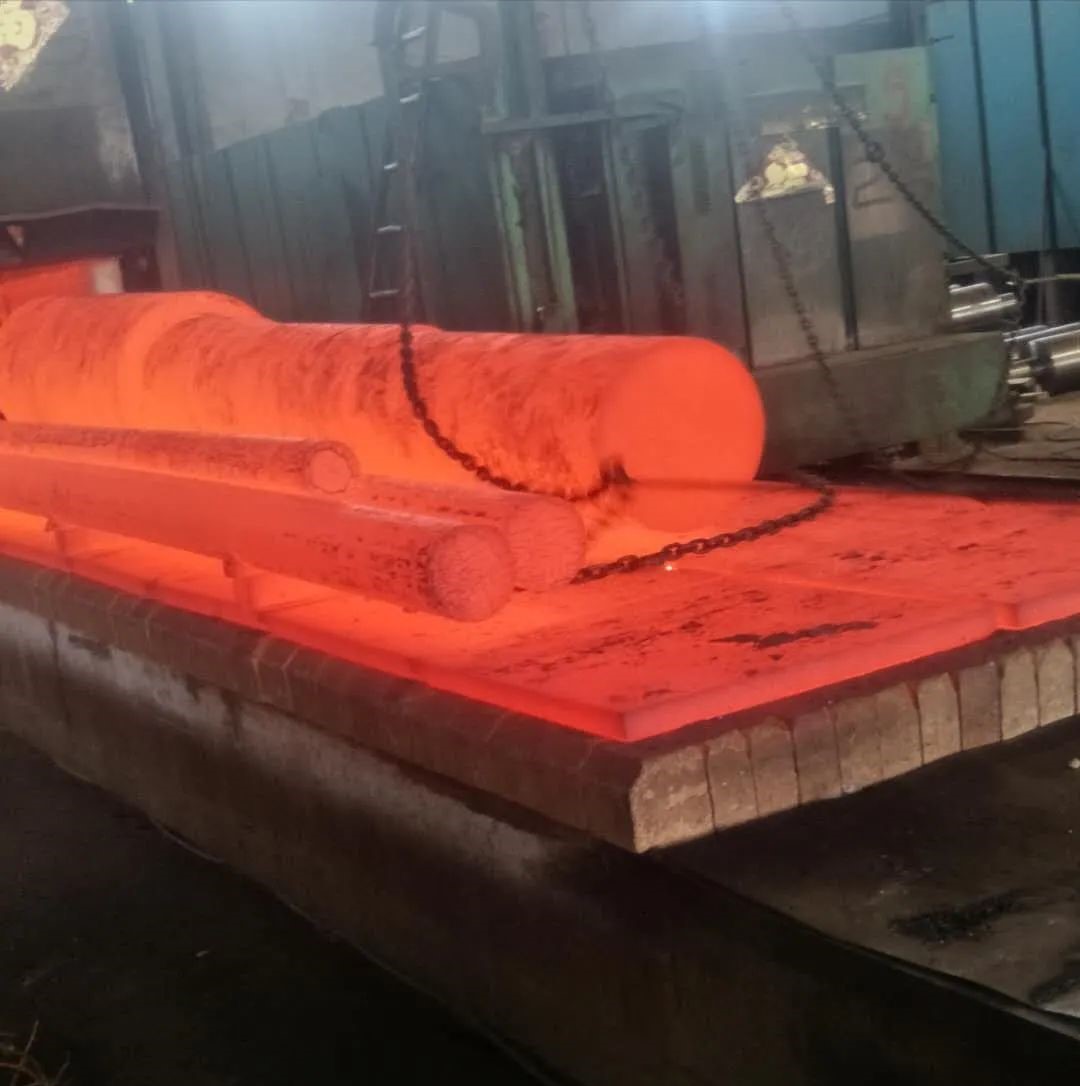About tempering heat treatment process
Dec. 30, 2023
Tempering is a heat treatment process in which the workpiece is hardened and heated to a temperature below Ac1, kept warm for a certain period of time, and then cooled to room temperature. Tempering gives the workpiece the required performance properties.
01 Tempering purpose
Steel is rarely used directly after quenching, because the structure after quenching is martensite and retained austenite, and internal stress is generated. Although martensite has high strength and hardness, it has poor plasticity and high brittleness, resulting in internal stress. It is easy to deform and crack under the influence; in addition, the structure after quenching is unstable and can slowly decompose at room temperature, resulting in volume changes and deformation of the workpiece. Therefore, quenched parts must be tempered before they can be used.
The purpose of tempering is to:
(1) Reduce or eliminate quenching internal stress;
(2) Stable organization and stable size;
(3) Reduce brittleness and obtain required mechanical properties.
02 Changes in structure and properties during tempering
The structural transformation of quenched steel can be divided into four stages: decomposition of martensite (below 200°C) → decomposition of retained austenite (200~300°C) → formation of cementite (250~400°C) → cementite Aggregate and grow (above 400℃). As the tempering temperature increases, the internal stress during quenching continues to decrease or is eliminated, the hardness gradually decreases, and the plasticity and toughness gradually increase.
03 Commonly used tempering methods
[Low temperature tempering] (<250℃)
After low temperature tempering, the tempered martensite structure is obtained. Its purpose is to reduce the quenching stress and brittleness of steel. Tempered martensite has high hardness (generally 58~64HRC), strength and good wear resistance. Therefore, low-temperature tempering is particularly suitable for workpieces that require high hardness and wear resistance, such as cutting tools, measuring tools, rolling bearings, carburized parts, and high-frequency surface quenching.
[Medium temperature tempering] (250℃~500℃)
After medium temperature tempering, the tempered troostite structure is obtained. The steel has a high elastic limit, high strength and hardness (generally 35~50HRC), good plasticity and toughness. Medium temperature tempering is mainly used for various elastic components and hot work molds.
[High temperature tempering] (500℃~650℃)
After high temperature tempering, the tempered pearlite structure is obtained. The composite heat treatment process of quenching and high-temperature tempering of the workpiece is called quenching and tempering. After quenching and tempering, the steel has excellent comprehensive mechanical properties (generally hardness is 220~230HBS). High temperature tempering is mainly suitable for important machine parts such as crankshafts, connecting rods, bolts, automobile axles, machine tool spindles and gears made of medium carbon structural steel or low alloy structural steel.
04 Precautions for tempering
① Because after high temperature tempering, if slow cooling materials are used, temper brittleness will occur, so water and oil are often used for rapid cooling.
② Due to the low hardenability of carbon steel, the cost of normalizing large-size parts is lower than that of quenching and tempering (both are troxite), and the effects are similar, so normalizing is often used instead of quenching and tempering.
③Large-size parts should be rough-turned and then quenched and tempered. Otherwise, the quenching and tempering layer will be shallow and the quenching and tempering layer will be shallow and then turned away, and the quenching and tempering effect will not be achieved.

Previous What is the cost of nitrogen ?









